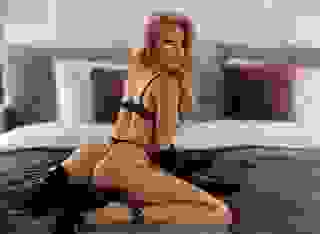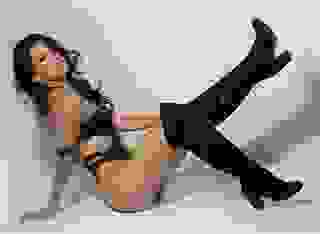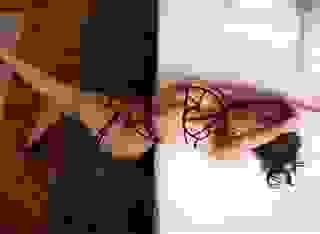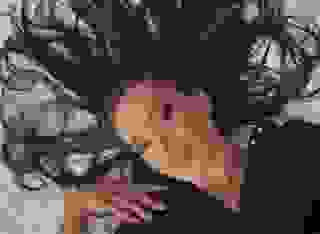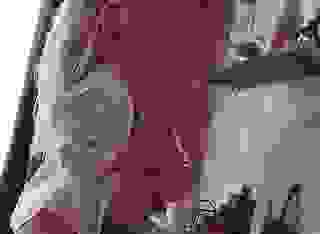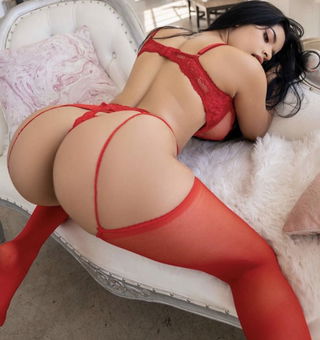- Reviews & Essays
- Artistic Production
Note: You can change font size, font face, and turn on dark mode by clicking the "A" icon tab in the Story Info Box.
You can temporarily switch back to a Classic Literotica® experience during our ongoing public Beta testing. Please consider leaving feedback on issues you experience or suggest improvements.
Click hereThis essay is part of a series in which I compare the ideas of philosophers on the subject of Aesthetics. I'm attempting to extrapolate from their superior knowledge and writings what I believe are important points on the creation of and critique of Art, Beauty and the Soul. I hope there are some artists/scholars out there who can appreciate my works-
Because I'm sure they'll seem dry to most of you!
*
The Philosophy of Composition, by Edgar Allen Poe, reveals the meticulous method behind his poetic endeavors. He uses his own poem, The Raven, as an example of a work constructed with such a method. Poe's purpose in exposing the inner workings of his mind seems to be to shatter the misconception that artists work in a frenzied and impassioned state. Successful creations are the result of a deliberate process, beginning with the consideration of "effect". For it is not enough to simply think out the plot to its denouement- although that is certainly essential to giving plot elements causation. The plot must be thought out to convey a specific impression as well as an ultimate action.
Poe expresses that the "pleasure which is at once most intense, the most elevating, and the most pure, is, I believe, found in the contemplation of the beautiful," and "beauty is the sole legitimate province of the poem." Whereas truth, or the satisfaction of the intellect, and Passion, or the excitement of the heart, is best found in prose. He goes on to propose that the tone of beauty's highest manifestation is sadness, for it excites the sensitive soul to tears. In this vein, what closely allies itself to beauty is the death of a beautiful woman (as in many of his poems like The Raven).
To convey this tone, a poem must be constructed firstly with a refrain, or a burden. Pleasure is derived from such a repetition; or as Poe defines it, a sense of identity. The nature of the refrain must be brief and its character should be "sonorous and susceptible of protracted emphasis." It should be designed so that it combines concepts and can be applied in varying ways. In The Raven, he wrote the refrain with the climax in mind, which would also be a concluding query. "Nevermore", in this case, was the answer to this final question, and was used to involve the "utmost conceivable amount of sorrow and despair."
After this thought, he composed the entire stanza which contained his preconceived climax so that the preceding queries would appropriately graduate in intensity. He also settled the rhythm, meter, length and general arrangement of each stanza. By initially writing this pivotal stanza, he could ensure that no previous stanza could overshadow the climactic effect that the poem had been building up to. Only then could he consider the details of the locale, introduction of character, weather, environment and plot conflicts.
Collingwood's theory laid out in Art and Craft would place this method of creation in the category of craft. Craft has several key characteristics which distinguish it from art proper, and Poe's creative process seems to be described by these characteristics.
Collingwood states that means and ends are distinctly conceived and related, just as planning and execution are. The result is preconceived before it is achieved; therefore foreknowledge is indispensable to craft. In planning, the end is thought out first and in execution, the end is reached through means (or the use of tools). Form is brought out through the transformation of craft. Until then, there is only raw material.
Art proper has a distinction resembling but not identical to means and ends. The end of craft is arousing emotion. Collingwood describes this arousal as "bringing into existence, by determinate means, something whose existence is conceived in advance as possible and desirable." Art, on the other hand, arouses a particular, singular emotion in the viewer.
An artist doesn't create just because a concept is "possible and desirable". He does so because otherwise he feels helpless and oppressed. The lightening of emotions resembles catharsis, and yet is different. "Until a man has expressed his emotions, he does not yet know what emotion it is…Expression is an activity of which there can be no technique."
It is also an activity which cannot be equated to describing; for a genuine poet never mentions by name the emotion being expressed. Description generalizes, but expression individualizes. What an artist feels has unique peculiarities and differences and cannot be likened to a general feeling. This is why art proper is hierarchically superior to craft.
By the way Poe outlines his creative techniques, it would seem that he is a craftsman rather than an artist. He sets out with an end in mind and uses literary structure and psychology as though they were means. His ideas are like raw material that takes shape with his craft. Poe even speaks of arousing the emotions of sorrow and despair. Yet as he fleshes out the details of his poems and stories, he seeks to evoke a specific emotion- one which is unique to each literary circumstance.
I think Collingwood and Poe disagree on semantics rather than the meat of what they're saying. Collingwood separates craft and art while Poe seems to say that, in his work, craft is the means and art is its end. I believe it is the object of every artist, writer or not, to find a balance between crafting and creating.
- COMMENTS
